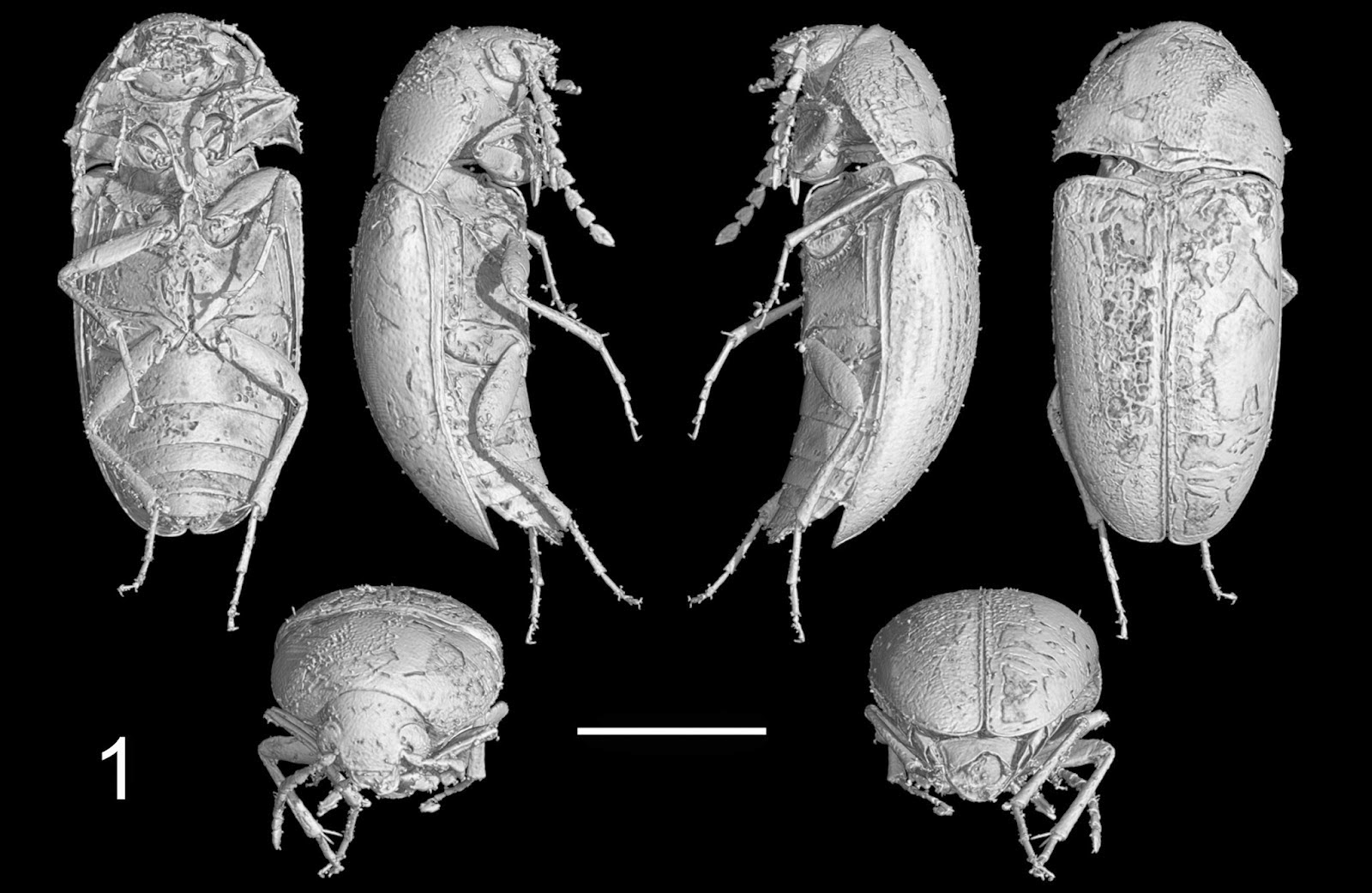The United States Geological Survey recorded a Magnitude 3.9 Earthquake at a depth of about 1.1 km roughly 20 km off the coast of Long Beach, California, slightly before 3.30 pm local time (slightly before 11.30 pm GMT) on Tuesday 30 December 2014. There are no reports of any damage or injuries relating to this quake, but people have reported feeling it across much of the Los Angeles area.
The approximate location of the 30 December 2014 Long Beach Earthquake. Google Maps.
California is extremely prone to Earthquakes due to the presence of the San Andreas Fault, a tectonic plate margin that effectively bisects the state. The west of California, including Santa Barbara and Los Angeles, is located on the Pacific Plate, and is moving to the northwest. The east of California, including Fresno and Bakersfield is on the North American Plate, and is moving to the southeast. The plates do not move smoothly past one-another, but constantly stick together then break apart as the pressure builds up. This has led to a network of smaller faults that criss-cross the state, so that Earthquakes can effectively occur anywhere.
The extent of and movement on the San Andreas Fault. Geology.
Witness accounts of Earthquakes can help geologists to understand these events and the underlying structures that cause them. If you felt this quake (or if you were in the area but did not, which is also useful information) then you can report it to the United States Geological Survey here.
See also...
The United States Geological Survey recorded a Magnitude 4.4 Earthquake at a depth of 9.9 km, roughly 9 km to the northwest of Westwood, at about 6.25 am local time (about 1.25 pm GMT) on...
The United States Geological Survey recoded a Magnitude 3.0 Earthquake at a depth of 6.7 km in Orange County, California, roughly 40 km east of Los Angeles, at about 1.55 pm local time...
Los Angeles was shaken by a Magnitude 3.2 Earthquake at a depth of 12.8 km, slightly to the north of Los Angeles International Airport, slightly after 7.50 pm on Friday 26 April 2013 local time (slightly after 2.50 am on Saturday 27 April, GMT), according to the United...
Follow Sciency Thoughts on Facebook.













































